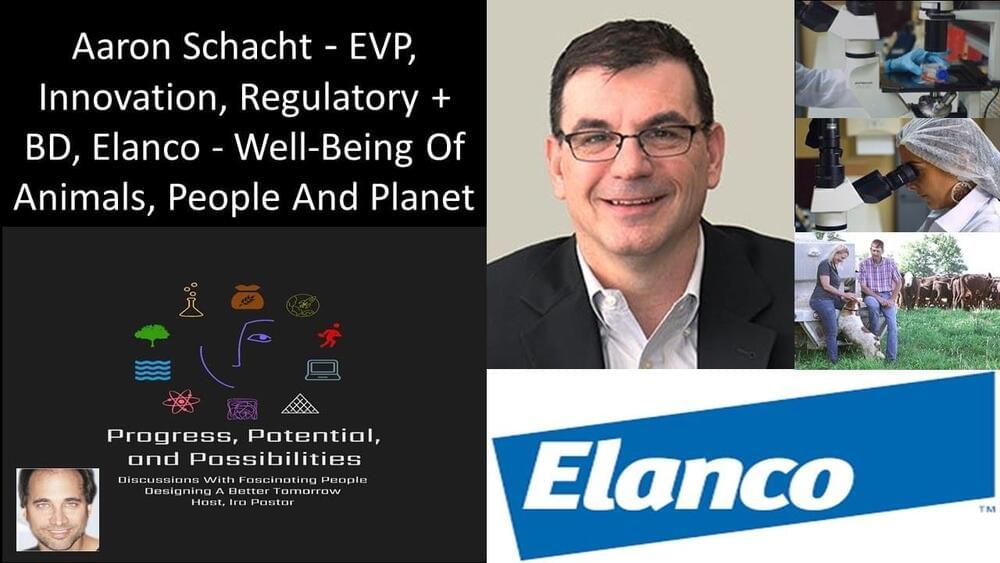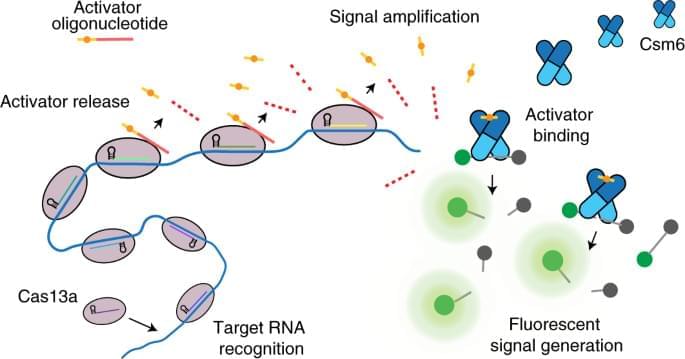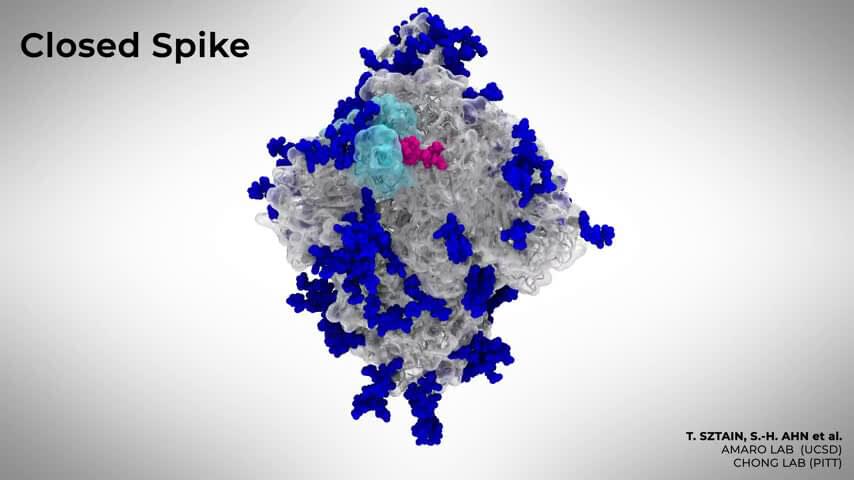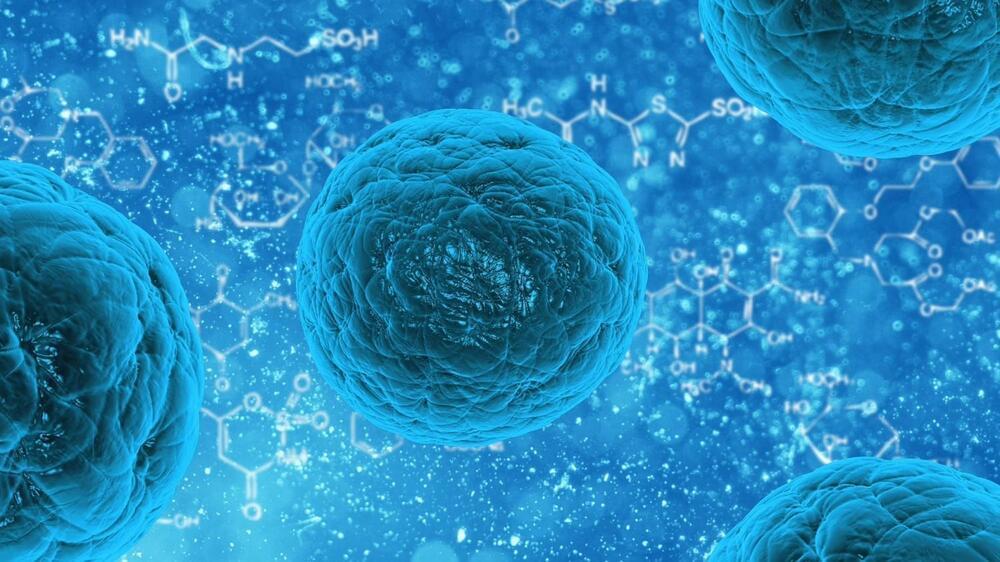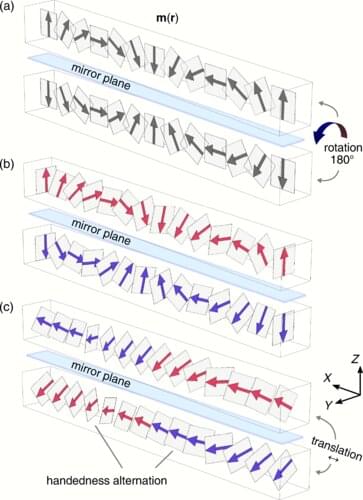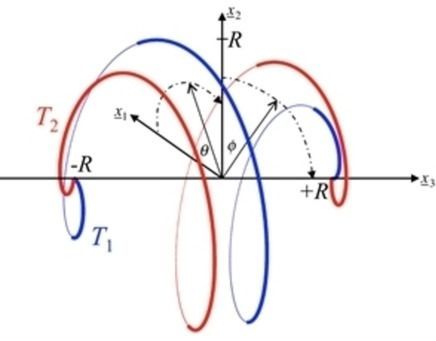Advancing the well-being of animals, people and the planet — aaron schacht — executive vice president, innovation, regulatory & business development, elanco.
Aaron Schacht is Executive Vice President: Innovation, Regulatory + Business Development at Elanco (https://www.elanco.com/), an American pharmaceutical company which produces medicines and vaccinations for pets and livestock, and which until 2,019 was a subsidiary of Eli Lilly and Company.
Prior to this, Mr. Schacht held a role of Global Brand Development Leader – Pain in Lilly Biomedicines. He was the global leader for product development and commercialization activities for Lilly’s novel CGRP neutralizing antibody – a new potential treatment for prevention of Migraine and Cluster Headache.
In 2,012 Mr. Schacht joined Lilly Biomedicines as Senior Advisor – Strategy & Business Development for Lilly BioMedicines. His responsibilities included oversight of Therapeutic Strategy development, R&D Portfolio Management, and Business Development for Lilly BioMedicines – Lilly’s largest business unit. Past roles included serving as Executive Director, Global External R&D, at Eli Lilly and Company, where he was responsible for implementation of strategies which aim to leverage novel approaches to external partnerships to augment Lilly’s access to pharmaceutical innovation as well as Executive Director of LRL (Lilly Research Labs) Strategy, Portfolio Management and Project Management where he was responsible for strategic planning, R&D portfolio and project management. Prior to these roles, he was Director, Innovation Center in the eLilly organization where he focused on the exploration, incubation and implementation of new business models and capabilities relevant to the strategic evolution of the pharmaceutical industry.
In 2,002 during a short leave from Lilly, Mr. Schacht was co-founder, President and CEO of Artesian Therapeutics, a Gaithersburg, MD cardiovascular drug discovery start-up.
Previously, Mr. Schacht held roles as Managing Director of Lilly University, Director of Knowledge Management, and Manager of Strategy and Productivity for Discovery Research.
Mr. Schacht began his career at Lilly in1990as a medicinal chemist, and spent 5 years in the laboratory working to discover pharmaceuticals to treat cardiovascular disorders.
Mr. Schacht studied Organic Chemistry at the University of Illinois, receiving his Bachelors of Science degree in 1990.
